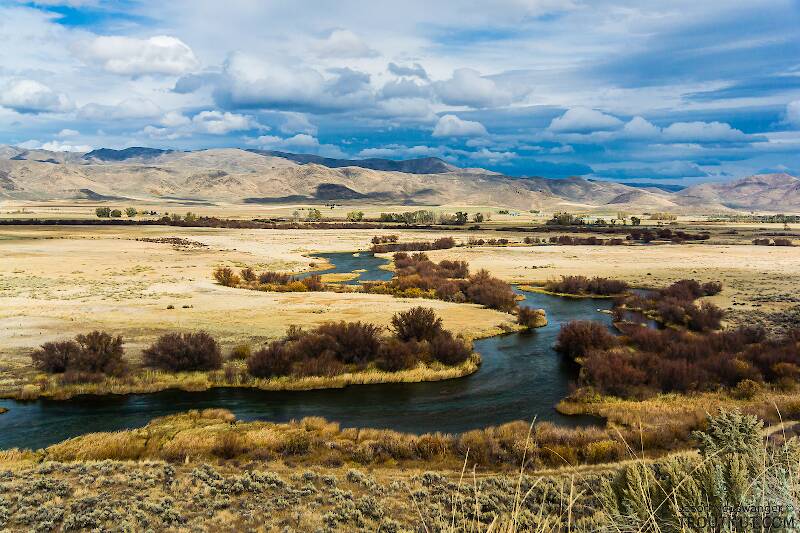
Hex Mayflies
Hexagenia limbata
The famous nocturnal Hex hatch of the Midwest (and a few other lucky locations) stirs to the surface mythically large brown trout that only touch streamers for the rest of the year.
Featured on the forum

I caught this tiny larva without a case, but it seems to key pretty clearly to to Glossosomatidae. From there, the lack of sclerites on the mesonotum points to either Glossosoma or Anagapetus. Although it's difficult to see in a 2D image from the microscope, it's pretty clear in the live 3D view that the pronotum is only excised about 1/3 of its length to accommodate the forecoxa, not 2/3, which points to Glossosoma at Couplet 5 of the Key to Genera of Glossosomatidae Larvae.

Troutnut is a project started in 2003 by salmonid ecologist Jason "Troutnut" Neuswanger to help anglers and
fly tyers unabashedly embrace the entomological side of the sport. Learn more about Troutnut or
support the project for an enhanced experience here.
Caddisfly Species Macrostemum zebratum (Zebra Caddisflies)
The "Zebra Caddis" is one of the most well-known caddisfly species, and one of the largest to produce high intensity hatches on our trout streams.
It is also an important species for smallmouth bass. Gary LaFontaine wrote in Caddisflies about encountering Macrostemum zebratum on a large smallmouth river:
It is also an important species for smallmouth bass. Gary LaFontaine wrote in Caddisflies about encountering Macrostemum zebratum on a large smallmouth river:
I never caught so many smallmouth bass on a fly rod before in my life.
Where & when
This species is usually found in large, thermally marginal trout streams, or in tailwaters which used to have that character.In 95 records from GBIF, adults of this species have mostly been collected during June (32%), July (29%), August (25%), and May (8%).
In 13 records from GBIF, this species has been collected at elevations ranging from 92 to 12631 ft, with an average (median) of 512 ft.
Species Range
Discussions of Macrostemum zebratum
Zebra Caddis
1 replies
Posted by Lastchance on Aug 4, 2008
Last reply on Aug 4, 2008 by Taxon
Is there a photo of one? I've never heard of them or perhaps I know them by a different name.
Start a Discussion of Macrostemum zebratum
References
- LaFontaine, Gary. 1981. Caddisflies. The Lyons Press.
- Swisher, Doug and Carl Richards. 2000. Selective Trout. The Lyons Press.
Caddisfly Species Macrostemum zebratum (Zebra Caddisflies)
Species Range
Common Names
Resources
- NatureServe
- Integrated Taxonomic Information System
- Global Biodiversity Information Facility
- Described by Hagen (1861)

